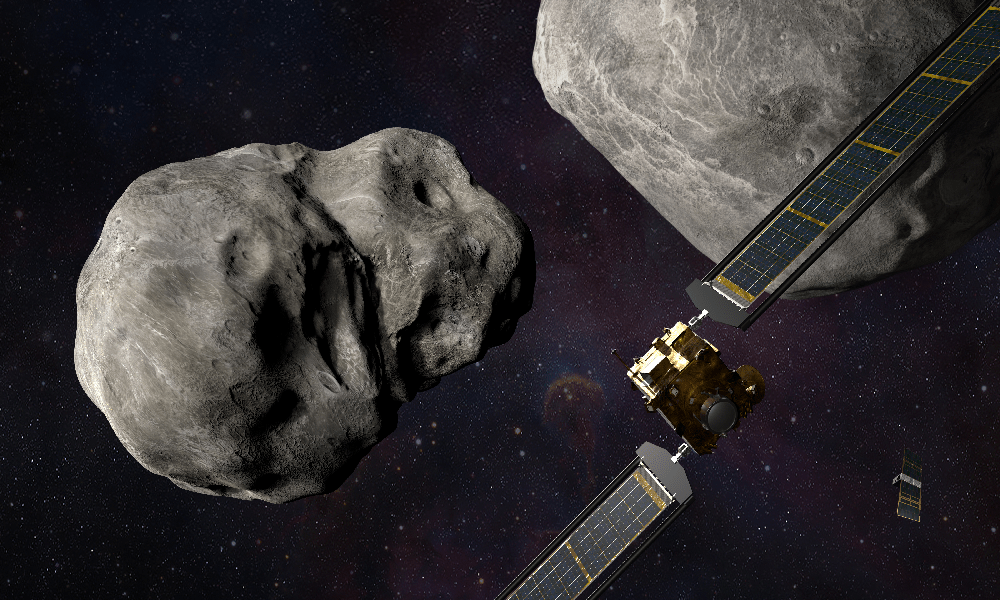
Exploring the Dart Mission: NASA’s Planetary Defense Initiative
Discover the fascinating details of the NASA Dart Mission, the groundbreaking planetary defense project. Learn how this mission aims to protect Earth from potential asteroid impacts. Here are the key facts:
What is the NASA Dart Mission?
- The dart mission is NASA’s first planetary defense test.
- It stands for Double Asteroid Redirection Test.
- The mission’s goal is to change the orbit of an asteroid.
Why is it Important?
- The mission aims to prevent asteroid collisions with Earth.
- It tests our ability to redirect an asteroid’s path.
- This mission is crucial for future planetary defense strategies.
How Does it Work?
- Dart will collide with the asteroid Dimorphos.
- The impact will change the asteroid’s orbit.
- Scientists will study the changes to improve future missions.
The Target: Dimorphos
- Dimorphos is a small moonlet of the asteroid Didymos.
- It is about 160 meters in diameter.
- The mission will test if we can alter its trajectory.
Key Features of the Dart Spacecraft
- Dart has a single instrument, the DRACO camera.
- It will navigate and target Dimorphos.
- The spacecraft uses solar panels for power.
The Launch and Journey
- NASA launched Dart on November 24, 2021.
- It traveled through space for nearly a year.
- The mission targeted a precise collision with Dimorphos.
Observations and Data Collection
- Scientists will observe the impact using telescopes.
- Data will help refine asteroid deflection techniques.
- The mission provides insights for future defense missions.
The Role of International Collaboration
- NASA collaborates with international space agencies.
- The European Space Agency’s Hera mission will follow Dart.
- Hera will study the impact site in detail.
Conclusion:
The NASA Dart Mission represents a significant step in planetary defense. By learning to redirect asteroids, we can protect Earth from potential threats. It showcases the importance of innovation and international collaboration in space exploration. Understanding and supporting such missions is crucial for the safety of our planet.















